SEO never sits still. Our industry constantly advances to deliver the best possible search experience to end users.
These advancements follow the evolution of Google influenced by changes in user behavior (naturally or by persuasion) resulting in new SERP features and more sophisticated competing content.
We have identified nearly 2,000 unique SERP features whereas this time last year the number was closer to 800.
All of this means SEO strategies shift and evolve as the industry progresses.
seoClarity has the honor of having relationships with the best SEOs at top brands all across the world. These relationships give us insights into how industry leaders prioritize their organic search efforts.
Here is our list of the top SEO strategies to prioritize in 2021:
Jump to a section:
- Technical SEO
- Mobile-First Mindset
- Authoritative Content
- User Intent
- Artificial Intelligence
- Scale Your Efforts
- SEO Automation
- Visual Rank Tracking
- Go After SERP Features
- Google Ranks Passages
- Google Discover
#1. Technical SEO is Your Foundation
Technical SEO is the foundation that all of your other SEO initiatives rest on. That’s why seoClarity has always listed it as the first step in our URA framework: first comes usability, then comes relevance and authority.
Technical components may seem far removed from other SEO projects like content creation, but the user experience begins with technical SEO.
The Page Experience update, for example, is an indication that Google cares more and more about the technical factors that impact a searcher’s online experience.
This update is a combination of the existing Core Web Vitals (largest contentful paint, first input delay, and cumulative layout shift) with other search signals, such as:
- Safe-browsing
- HTTPS
- Intrusive interstitial guidelines
- Mobile-friendliness
Google offers a helpful graphic to visualize the different ranking signals, which also confirms that Core Web Vitals are set to become a ranking signal (set for May 2021).
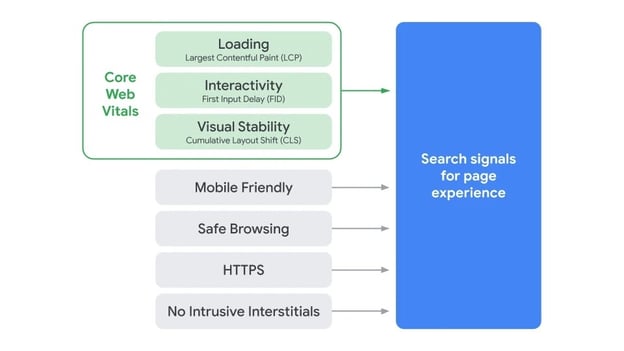
(Image Source: Google Search Central)
If searchers can’t properly — or quickly — access your site, they’ll never stick around to see your content. Which brings us back to our main point: Technical SEO is the foundation on which all other SEO efforts are built.
#2. Have a Mobile-First Mindset
Mobile is an entire world of its own, and so it deserves its own considerations, too.
Traffic to mobile has grown considerably compared to desktop. Search behavior is changing! A good user experience on mobile is absolutely necessary moving into 2021.
From keyword research to the online page experience, mobile needs to be prioritized in everything you do. What may be a strong strategy for desktop may fall short in the mobile-first world that we’re moving into.
With the mobile-first index, Google will rank websites and content based on the mobile site. If you still have a separate mobile site, now is the time to reconsider migrating to a mobile responsive site instead.
This also serves as a prime example of how seoClarity users can benefit from segmenting our large dataset by desktop or mobile.
#3. Continue to Create Authoritative Content
Content is king in SEO — that is, once it has a strong foundation to rest on (see strategy #1).
Authoritative content considers a few factors:
- Semantically-Related Keywords and Topics
- Topic Clusters
- User Intent or Search Intent
- Interactive Content
- Google’s E-A-T Framework
To create authoritative content, you have to cover all the information that users search for. This often means expanding beyond the head term, and offering information relevant to the semantically-related terms too.
What if you’re writing an information content piece on the best things to do in Miami, for example. You’d want to include information on South Beach, Little Havana, Biscayne Bay, and the Everglades.
Including these terms demonstrates your complete understanding of the topic at hand. But for someone who don’t live in Miami, how would you uncover these semantically-related terms?
Content Fusion, to quickly crawl top ranking content and provide me with valuable information.
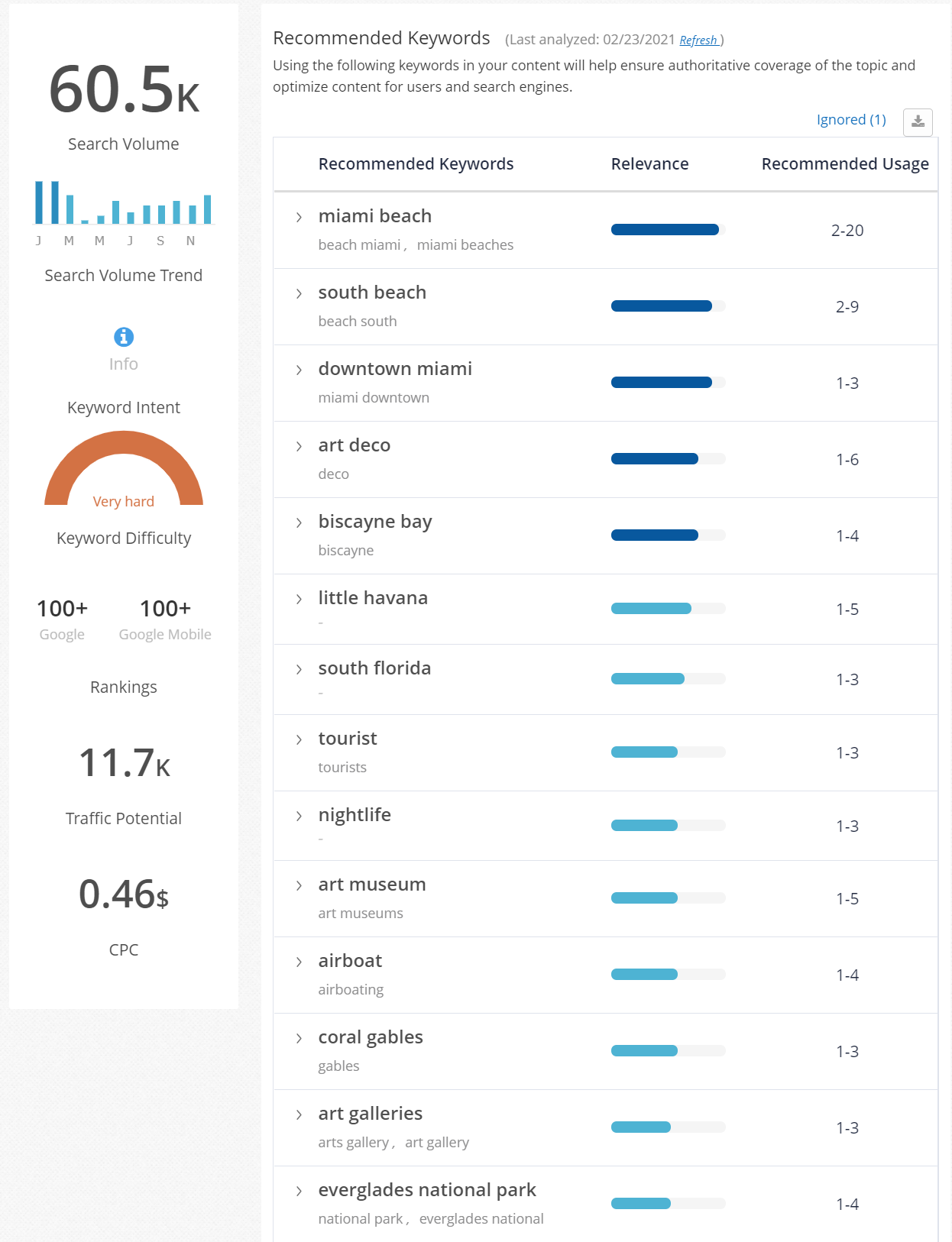
(Content Fusion must-use topics for "things to do in miami".)
To be an authority on a central topic, you need to use the topic cluster approach.
When you have multiple pieces of content that each cover one part of a topic at large and come together with internal links, you lay out a clear path for search engine bots and provide extreme value for the end users.
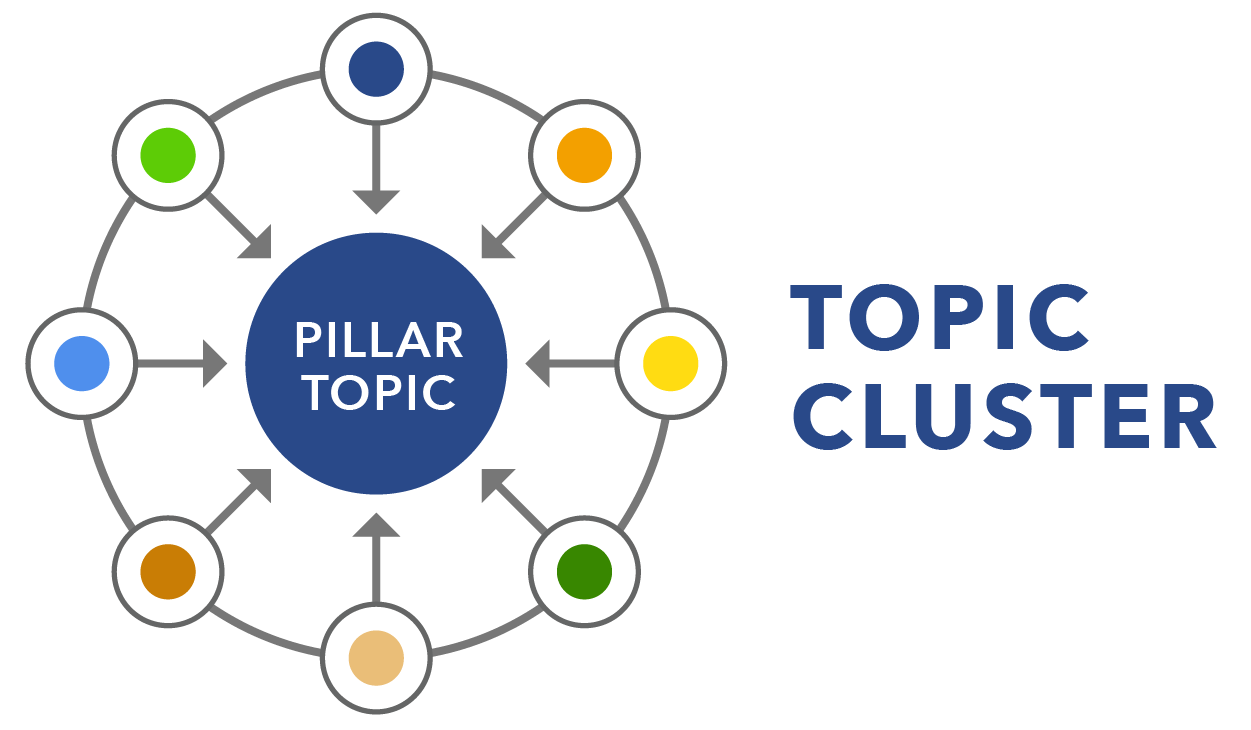
Our article on the top things to do in Miami could be one of the assets pointing to the main topic, which could be Miami Tourism, for example.
Having multiple content assets also allows you to address all intents in the journey. This, as we know, is crucial for the search experience.
There has also been a rise of interactive content. This helps users to actually do something online, like determine what size storage unit to get, or build a resume. This personalized, interactive content could be a huge step forward in providing the best user experience possible.
Google’s E-A-T Guidelines
Google looks at content from three main lenses: expertise, authoritativeness, and trustworthiness, or, E-A-T guidelines.
That is: the expertise of the content creator/author; the authoritativeness of the content, website, and author; and the trustworthiness of the content, website, and author.
The search engine looks to feature content from legitimate experts in their field. This is especially important for pages that feature medical advice, news articles, scientific topics, and more.
#4. Understand and Address the Right Search Intent
In order to meet your searchers’ needs, you need to ensure you address the correct search intent.
This has long been an established strategy to meet searchers where they are along their search journey, but as we move into 2021 the importance only becomes greater.
With the proliferation of content, users are beginning to expect spot-on content as the rule, not the exception.
Before you begin your content creation process, you must have a firm understanding of the end users’ intent. Then, create content that properly addresses those various intents.
If a user seeks information and they land on your transactional page, they are sure to bounce back to the SERP in search of something that fulfills their wants.
For a more specific example, let’s look at the keyword “energy drink”. From a look at the SERP, there’s a largely informational intent: Recipes, organic results of the best energy drinks, a Knowledge Panel.
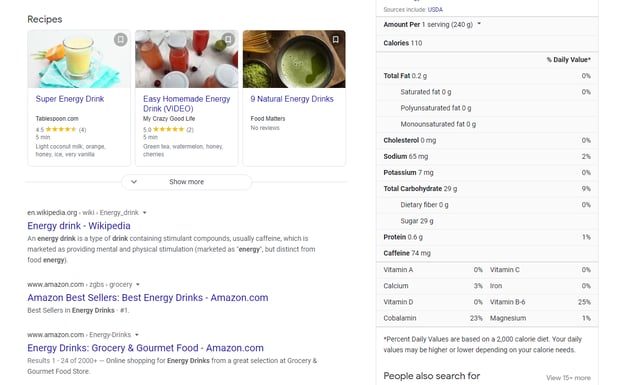
(Google SERP for "energy drink".)
Now that you’ve identified the search intent, it’s time to publish content that gives searchers exactly what they seek.
#5. Leverage Artificial Intelligence
Google has moved from matching technology (i.e. find words in content similar to words in query) to natural language technology (i.e. understand the meaning and intent of the query and find content with similar meaning and intent).
So, traditional keyword research isn’t enough, since it’s based largely on a matching model. You need to fight fire with fire here!
Our VP of Product Marketing & Training, Mark Traphagen, says that in 2021, use AI-based keyword discovery that mimics Google. The Google Algorithm is smarter than a list of ranking factors, after all.
Topic Explorer, for example, is one way that AI can be leveraged to keep up with Google. You’re able to uncover search volume, find new topic ideas, and improve your topical coverage.
Recommended Reading: Why Artificial Intelligence is Important to Your SEO Content Strategy
#6. Scale Your Efforts
Enterprise SEO is too large and moves much too fast to it all “by hand.” The only way to survive, let alone succeed, is to find ways to automate and scale your work.
List all your regular tasks, processes and workflows. Which could be automated, at least in part?
Recommended Reading: How to Create SEO Workflows for Consistent, Scalable Results
Document your standard operating procedures (SOPs) for everything that still has to be done manually so you can structure these tasks.
And, create SEO alerts that will automatically monitor all of your critical success factors like rankings and content changes.
All of this leads directly into our next strategy: automate your SEO as much as possible.
#7. Automate Your SEO
In SEO, especially for large enterprise sites, there is simply too much data to analyze manually. By the time you complete the analysis, the insights are outdated!
Some companies use “automation” as an umbrella term for any task that involves an SEO tool to get the job done (e.g. automate your keyword research process by using a keyword research tool) but this isn’t automation.
That is the bare minimum expectation.
The tool or platform itself is not a step toward automation, but rather that tool or platform should have the ability to automate its own processes.
There are a number of ways that seoClarity automates your SEO, but perhaps the most powerful is Actionable Insights — your personal, 24/7 SEO assistant of sorts, that continuously works to analyze more than 120 site-specific insights.
 (seoClarity's Actionable Insights offers real-time, site-specific recommendations.)
(seoClarity's Actionable Insights offers real-time, site-specific recommendations.)
Prioritize finding SEO technologies that can automate themselves so you can allocate your time to projects that require a human touch.
#8. Measure Pixel Space on the SERPs
Traditional rank tracking is broken. We are so far from the days of the 10 blue links (remember those?) that the way we used to track rankings is slowly becoming outdated.
With the rise of SERP features like the Answer Box, ads, People Also Ask, etc., a high organic ranking may not even carry much weight. In fact, organic rank position 1 may be off the first fold! This means that organic click-through rate is down.
To combat this change in the SEO industry, we created Visibility Share — a way to visually track rankings based on the pixel depth and fold visibility (for both desktop and mobile!).
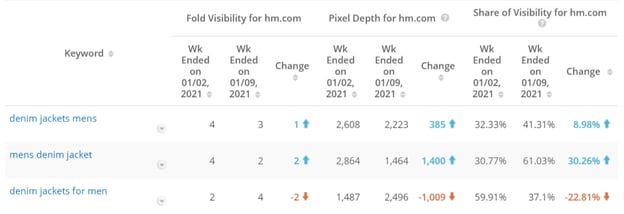 (A view of Visibility Share in the seoClarity platform.)
(A view of Visibility Share in the seoClarity platform.)
Shifting your focus from rank position to visual rank allows you to stay up-to-date with the industry, as opposed to falling behind in 2021.
#9. Build Visibility on the Crowded SERP
Although the SERPs are crowded, and this called for a new way to track rankings, it also created multiple areas of opportunity.
Think of the various SERP features that your content has the ability to capture, if optimized accordingly: the Answer Box, video carousels, images, and rich results.
So yes, the SERP is crowded, but that doesn't mean there’s no room for you. You can target these SERP features to increase your site’s visibility.
Our SERP research findings — part of our State of Search 2021 insights — show which SERP features are the most prevalent for each industry. The Answer Box, for example, has seen some fluctuations over the years, but remains a frequent SERP feature for the health industry.
Then there’s Schema, which is applicable to nearly every industry. It not only informs search engines as to what your page is about, but it can create a rich result on the search results page that increases your search listing’s real estate (remember visual rank tracking and the importance of pixel size) and entices users to click.
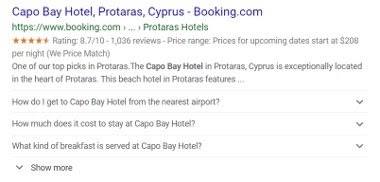
You may avoid Schema because of its technical nature, but you no longer have to be able to know how to code in order to create Schema!
Technology like Schema Builder has taken away that burden. With a point-and-click interface, anyone can create Schema with — quite literally — the click of a button. Did we mention it's free?
#10. Google Ranks Passages
In October 2020, Google announced that specific passages from a content article will be able to rank. That could be a section of the content, a paragraph, a group of paragraphs, etc.
Another change coming soon allows us to identify individual passages in a web page and process them as perhaps being most relevant to a search. We expect this will improve 7% of search queries in Google. #SearchOn pic.twitter.com/cUwnuVyWwH
— Danny Sullivan (@dannysullivan) October 15, 2020
This results from Google’s ability to understand content so well that it can parse and separate specific sections of that content.
The feature is similar to the Answer Box in that users can see a specific answer related to their query directly on the SERP, but it’s presenting a relevant passage from that page. And so, you have the chance to rank a single page for multiple queries, depending on which passages Google deems to be most relevant.
Google can parse a single piece of long-form content into 5, 10, or even 100 unique passages.
Our VP of Product Marketing and Training, Mark Traphagen, further explains passages in his State of Search 2021 webinar.
#11. Google Discover and Predictive Search
Google Discover was launched a few years ago, and has since garnered more than 800 million monthly users.
It’s undergone some changes, like bringing visual and immersive web stories into Discover, in an effort to enhance this new online search experience. All in all, it’s another one of Google’s AI-driven tools that brings value to users.
It’s also something that you should keep your eye on in the year ahead, as it could be a good place to land your content to increase your search visibility.
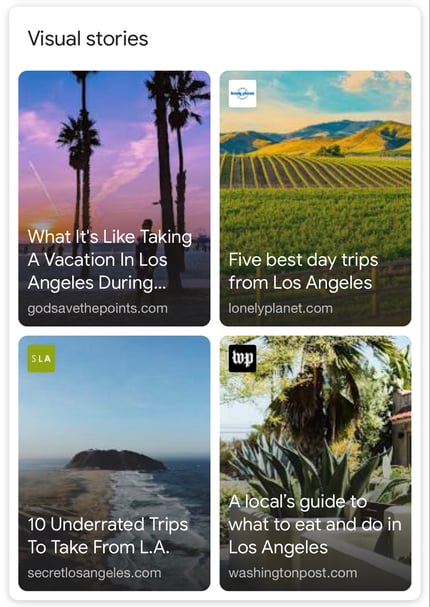 (A visual stories display on a travel-related query.)
(A visual stories display on a travel-related query.)
seoClarity users can filter down using Visibility Share and find instances where these visual stories appear on the SERPs:
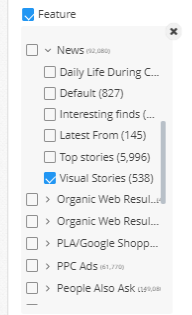
To be eligible for Visual Stories, you must first create and enable Web Stories on Google. Web Stories are a visual element — a combination of video, audio, images, animation, and text — that creates a new, more interactive search experience for users to discover content.
These Web Stories can then appear on Google Search, Google Images, and Google Discover.
Conclusion
SEO moves fast, but now you know what to look for. These strategies can all work to further operationalize your SEO efforts.
Again, here is the list of strategies:
- Technical SEO
- Mobile First
- Authoritative Content
- User Intent
- Artificial Intelligence
- Scale Your Efforts
- SEO Automation
- Visual Rank Tracking
- Go After SERP Features
- Google Ranks Passages
- Google Discover





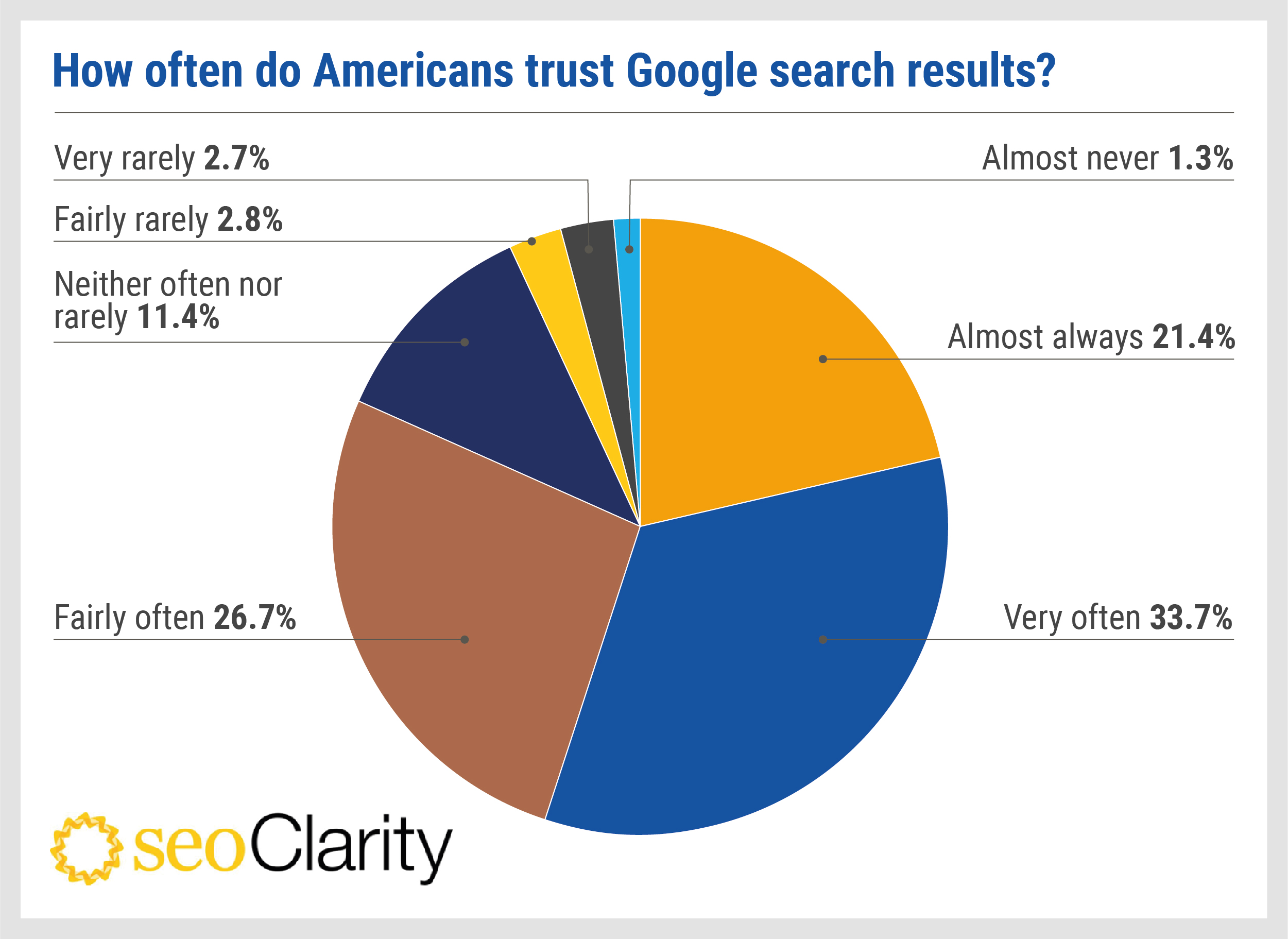
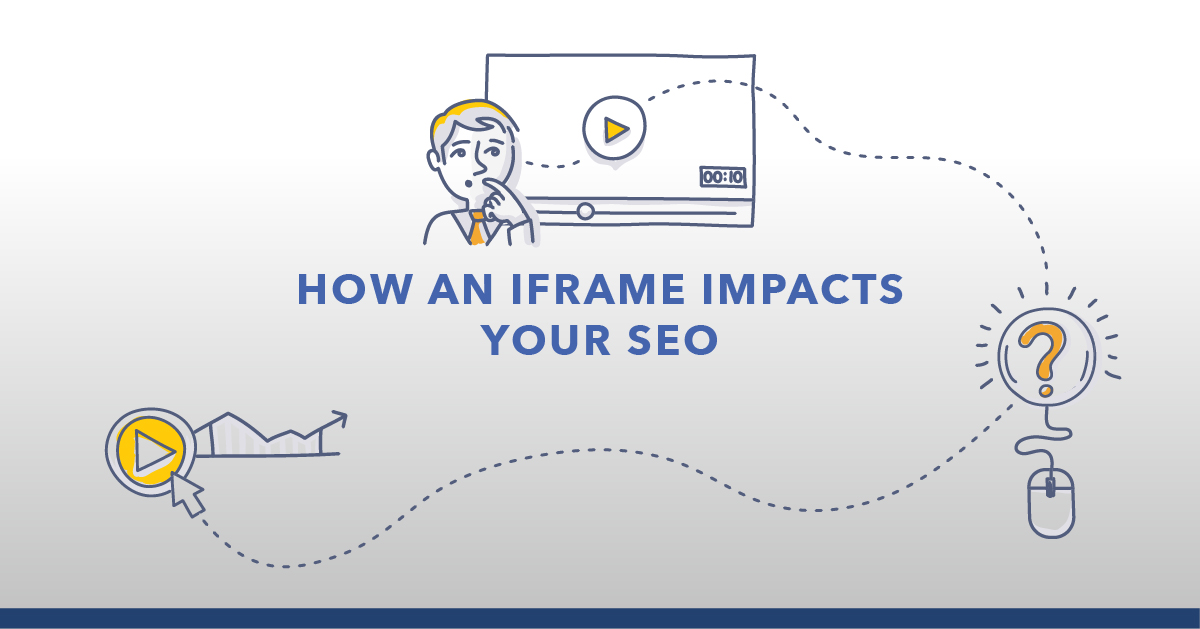

Comments
Currently, there are no comments. Be the first to post one!